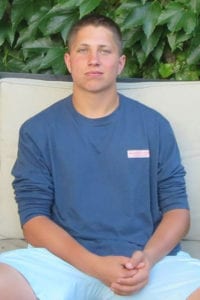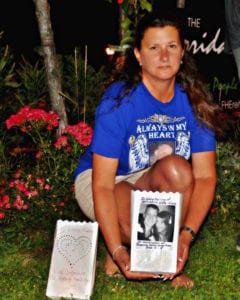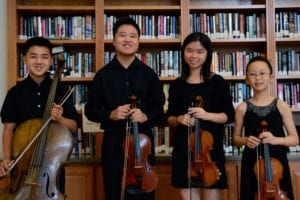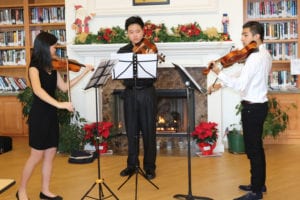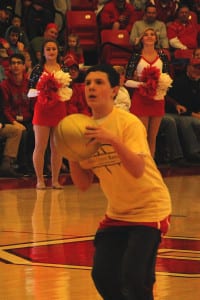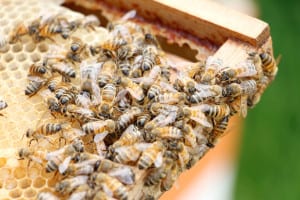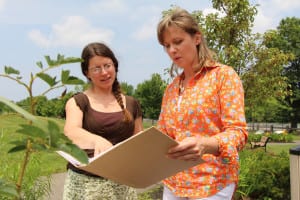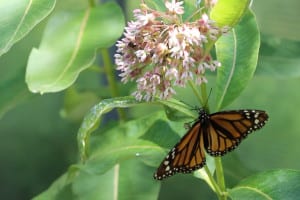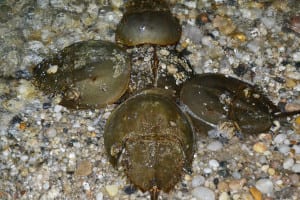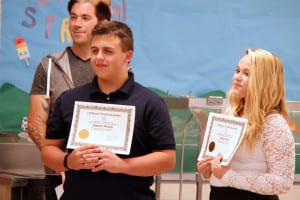Snow and sleet notwithstanding, spring will soon be here, and it’s time to ask the question: Will environmental education programming return to West Meadow Beach in Stony Brook and Cedar Beach in MountSinai?
When queried last year, Brookhaven Town spokesman Jack Krieger responded in an email, “At this time the position [environmental educator] is occupied and budgeted in the 2017 town budget.” When he wrote that, the person holding the title, Molly Hastings, had been suspended since September pending the outcome of a hearing process that has yet to be concluded nearly five months later.
The 1996 New York State legislation that decreed the removal of the cottages being used by private individuals, and returned the beach to its natural state, also contained a provision that there be an environmental educator hired to provide programming to add an informational component to the newly reclaimed preserve.
The cottages were razed in 2004 and, following a multi-year civil service process to establish the position, Eileen Gerle became the first environmental educator in March 2009. Upon her retirement in October 2014, Hastings became the second to hold the position the following December.
Stony Brook civic leader Herb Mones said he dedicated a decade and a half to seeing that the town complied with the legislation.
“I spent 15 years of my life on this issue, to move the town to fulfill its obligation to make the public park public, fulfilling the vision of local industrialists Ward Melville and Eversley Childs,” he said.
Mones said the town has done some very good things at West Meadow, remodeling the main building, adding a lifeguard station and providing new playground equipment.
“If the town never did another thing, it would still be a remarkable resource,” he said. “It’s a little slice of heaven. I think there are a lot of things that are very positive. West Meadow really defines the Three Villages.”
Still, he said he’d like to see refurbishment of the remaining cottages, addition of a nature trail and installation of security lighting near the Gamecock Cottage. And, of course, restoration of educational programming.
When Nick Sicurelli, a 17-year-old Hauppauge High School senior, learned all the fall environmental education programs at West Meadow Beach — as well as at Cedar Beach — had been cancelled this year, he said he felt bad for all the students and scouts who had missed out.
“It’s important to reach out, to inform people [about the environment], to let them know the scale of what’s going on — and the small things they can do [to improve the planet],” he said, adding he believed the cancellations were unfortunate.
Sicurelli first came to West Meadow Beach to complete an environmental science merit badge with his Boy Scout Troop 343. He returned happily and often to take advantage of the opportunities to learn and do more including search for turtles and turtle eggs, help with beach cleanup, remove invasive plants and replant a beach garden for which he raised funds to purchase trees and plants.
In all, 19 programs open to the public and 22 public school programs were canceled in September and October at the two sites, according to a Sept. 27 email sent from Tom Carrano, supervisor of the environmental educator, to Molly Hastings.
In addition, a variety of tours, field trips, school assemblies, citizen scientist projects and volunteer opportunities were unavailable this fall.
Elyas Masrour of Setauket, a student at P. J. Gelinas Junior High School, saw a film years ago that engendered in him a passion for birds.
“I watched ‘The Big Year,’ a funny movie about birders who go on a trip and try to outdo each other sighting birds,” he said. “It lit a spark for me and I signed up for bird walks at West Meadow Beach.”
He said he met other birders and they did a ‘Big Year’ together — right in the Three Village area — identifying more than 100 bird species. Taking the next step, Masrour started photographing birds he spotted, until he realized taking videos made it easier to capture a good shot in an individual frame. That led to wildlife filmmaking.
He asked permission of Hastings to film the piping plovers at West Meadow last summer. She worked with him so he could create a five-minute documentary.
Catherine Masrour, Elyas’ mother, would like to see the educational programming resume.
“It’s such an important thing,” she said. “Kids don’t get outside enough as it is. There are all these opportunities at West Meadow that make it so special and wonderful. If we are going to combat climate change, we need to start locally — and with the young. We need an informed future generation.”


